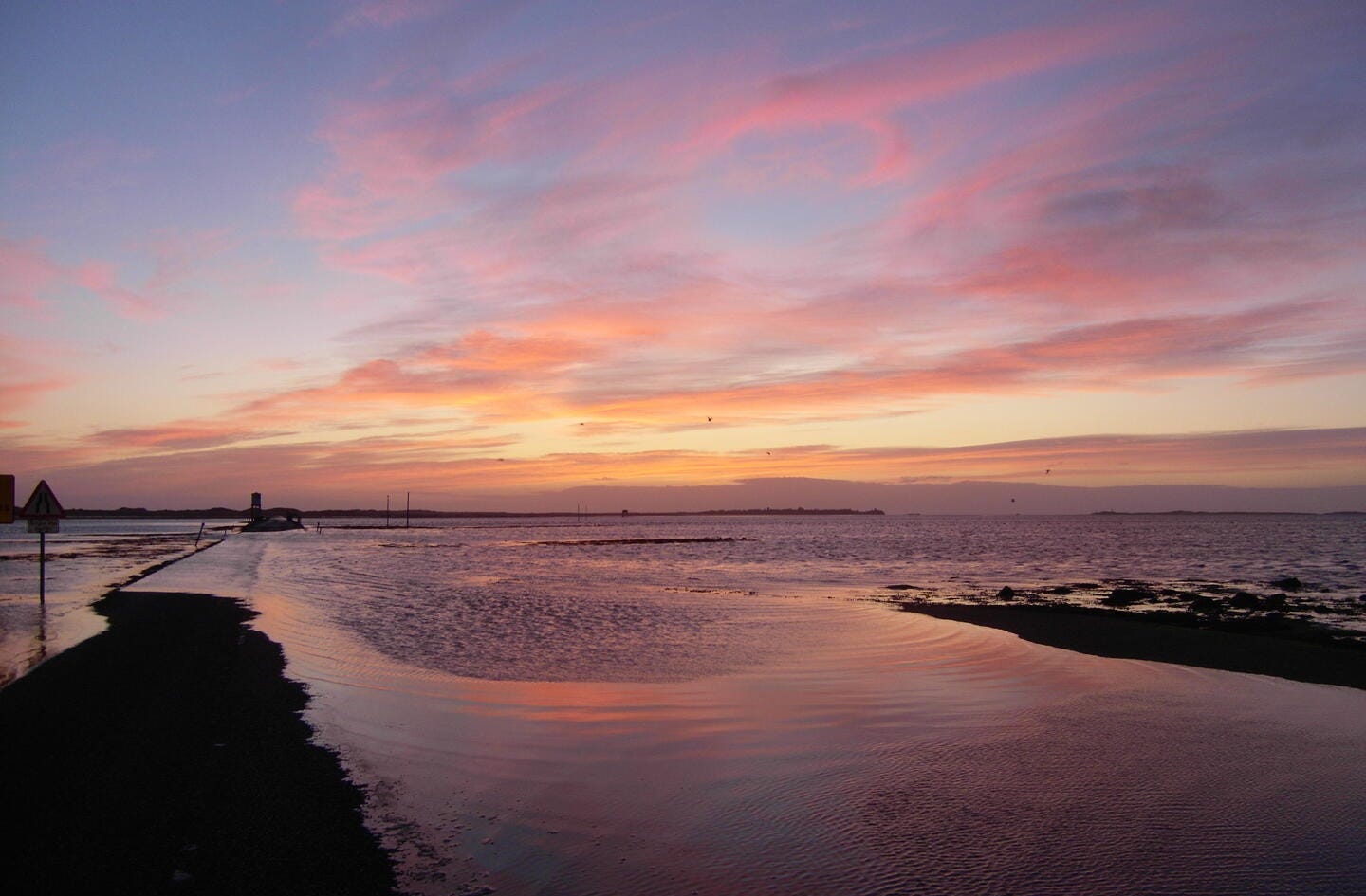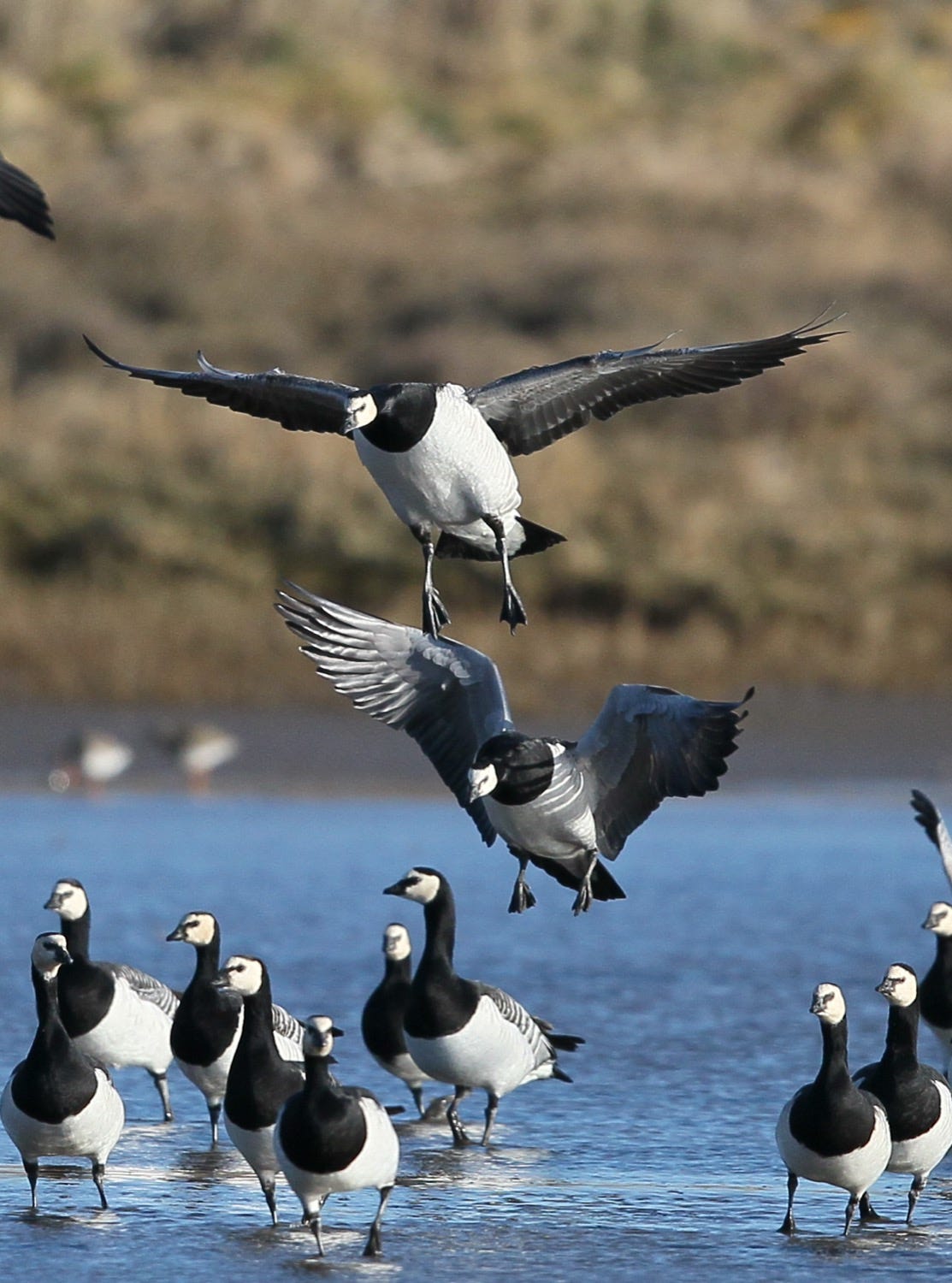Nature’s classroom opens on Lindisfarne
New base boost for Northumberland coast’s “living laboratory.” Tony Henderson reports
A new research base will be opened today (Friday) to make the most of the natural potential of a Northumberland national nature reserve.
The new facility will boost opportunities for research at Natural England’s Lindisfarne NNR, which covers 3,541 hectares and was founded in 1964 to help safeguard its internationally important wintering bird population.
The base at Beal Station will provide accommodation for students to allow affordable and longer research stays. The opening will be attended by Newcastle, Teesside, Stirling, Durham, York and Edinburgh universities.
The opening event will be addressed by Natural England’s chief scientist Sallie Bailey.
The research value of Lindisfarne, which has been described as a “wonderful live laboratory,” lies in habitats such as important areas of mudflats, salt marsh and seagrass. It is the only regular wintering location in the UK for species such as pale-bellied brent geese.
The reserve is special partly because of its ever-changing landscape, where land and water meet, moulded through time by man and nature to create a unique and spectacular habitat.
It is home to up to 60,000 birds in the winter and supports nationally and internationally important numbers of breeding shorebirds in the summer, including little terns.
The reserve also supports up to 4,000 grey seals, 10 species of orchid, and some of the largest seagrass beds, mudflats and salt marshes in the North East.
The NNR stretches from just south of the River Tweed to just north of Bamburgh, and although it includes part of Holy Island, the vast majority is intertidal mudflats.
Current projects include work at Budle Bay to remove macroalgae growth which can smother areas, building wetland to address diffuse pollution, and research to assess bird disturbance linked to water and leisure sports.
The original idea for the facility came from long-term senior reserve manager of Lindisfarne, Andrew Craggs. His aim has been to develop Lindisfarne as a centre of excellence for research by addressing the lack of accessible, affordable accommodation which has limited some students’ ability to make use of the NNR.
Defra capital finance was secured for the building, which will also provide laboratory space and collaborative shared workspace.
Another asset of the reserve is decades of data on bird populations, botanical interest and dune habitats, which is helping to understand the impacts of climate change.




